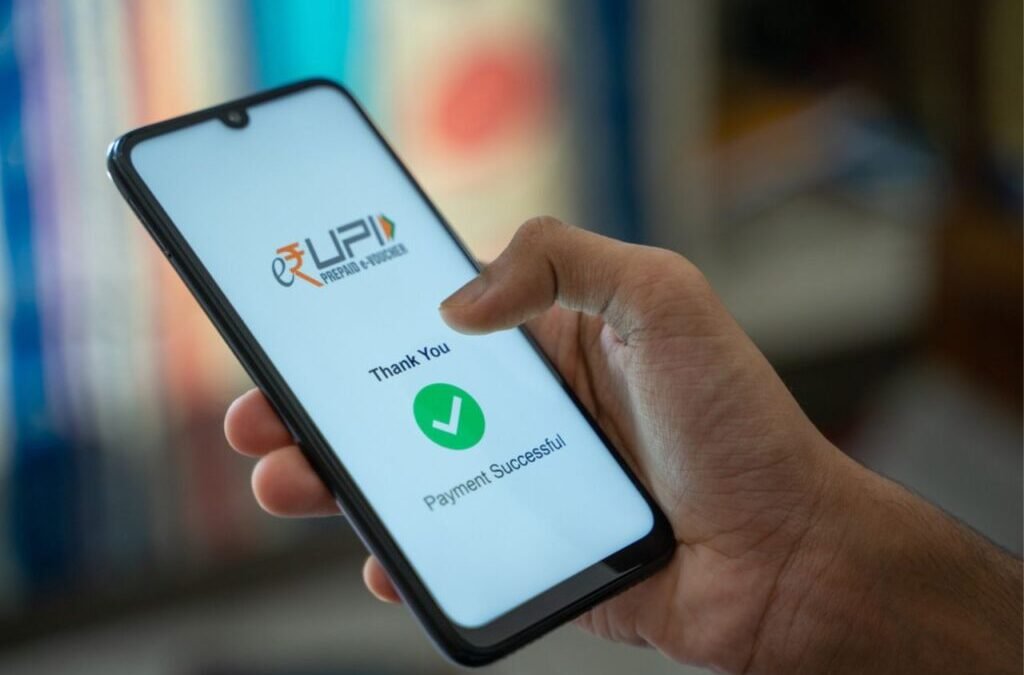Synopsis- The National Payments Corporation of India has updated the UPI (Unified Payments Interface) regulations. India’s very own payment system, UPI is transforming, marking 1st August, 2025, as a date to enforce the newly set-up rules and regulations by the NPCI.
UPI (Unified Payments Interface), is transforming, marking 1st August, 2025, as a date to enforce the newly set-up rules and regulations by the NPCI (National Payments Corporation of India). This update is said to cause a major impact on the daily users and businesses of UPI. Ever since its launch in 2016, UPI has been the most preferred medium of exchange, accounting for nearly 75% of the retail digital payments, where in July 2025 alone, there were 18.4 billion transactions conducted worth over Rs. 24.04 lakh crore. Lately, the NPCI has come up with certain changes in their regulations, this is to make the system run more efficiently, reduce the chances of errors. In this article, we will be talking about what are going to be the changes in the design of UPI and the NPCI regulations that will be effective 1st August, 2025 onwards:
1. Daily Limit on Account Balance Queries
- New regulation: Users can check their bank account balance just 50 times a day for each UPI app. If you have multiple apps (e.g., Paytm, PhonePe, Google Pay), then each app has its quota of 50 times a day.
- Purpose: Eliminates excessive server load resulting from repeated balance queries and enables overall system operation, particularly in high usage.
2. Limit on Viewing Linked Bank Accounts
- The API allowing you to view all linked bank accounts is limited to 25 requests per app per day.
- Purpose: Encourages an efficient number of API calls, enabling banks and payment service providers to better manage infrastructure and enhance app performance.
3. Require AutoPay Transactions Only During Off-Peak Hours
- Repeated payments (like subscriptions, SIPs, utility payments, and EMIs) will process only during designated non-peak hours:
- Before 10:00 AM
- Between 1:00 PM and 5:00 PM
- After 9:30 PM
- Failed mandates receive a maximum of three retries (initial attempt plus three), purely during these windows.
- Purpose: Favors distribution of server load away from peak usage times of 10:00 AM–1:00 PM and 5:00 PM–9:30 PM, so that instant single payments are made quickly and network overload is avoided.
4. Limited Pending Transaction Status Checks
- Users are allowed to query the status of a pending or failed transaction only three times for a transaction, with a minimum 90-second delay between each query.
- Purpose: Reduce excessive status polling, which can swamp servers and degrade the UPI network for all.
Also read: Top Performing Small Cap Mutual Funds with Over 25% Returns in Last 5 Years – Check If You’re In
5. De-Activation of Inactive UPI IDs
- Any UPI ID associated with an inactive mobile number for over 12 months will be deactivated automatically.
- Purpose: Aids in preventing fraudulent transactions from being done using recycled mobile numbers, improving user security, and system stability.
6. Stronger Bank Account Verification for New Users
- Newly added bank accounts will be subjected to stricter verification, including better user authentication and validation.
- Purpose: Stop unauthorized addition of accounts, minimize fraud, and prioritize security.
7. Improved API Response Times
- All UPI core APIs (transaction initiation and address validation included) now need to respond in 10 seconds, reduced by half from the earlier 30 seconds.
- Purpose: Shortens waiting times, particularly peak times, making UPI faster and more robust.
8. Credit Line Integration (From August 31, 2025)
- UPI will enable payments from pre-approved credit facilities, for example, bank or NBFC-facilitated arrangements collateralized by assets like fixed deposits or gold. This will be launched by the end of August 2025.
- Purpose: Increases payment choices and enhances the contribution of UPI to credit-based payments in India.
What’s Going to Remain the Same?
- No adjustment to the value per day of transactions or transfer limits for merchants and users (General UPI limit remains at Rs. 1 Lakh)
- Peer-to-peer and regular merchant transactions underpinning UPI will remain unchanged, only background and API-based requests are subject to new limits.
Impact on Users and Businesses
- For users: People will hardly reach these limits in normal usage. But if your usage depends on frequent balance or status checks, you will see the impact.
- For companies: AutoPay schedule needs to be updated to reflect new time slots. Stronger verification processes will necessitate stronger KYC processes.
Why These Changes Matter
NPCI’s mandate tells us that India’s digital payment infrastructure is transforming to handle global scale transactions and higher volumes. By limiting background API requests and focusing on traffic management, the new UPI changes will help keep India’s fintech ecosystem fast, safe, and resilient, even as usage continues to multiply.
Conclusion
If you’re a regular UPI user, most transactions, such as sending, receiving, or merchant payments, will remain smooth and fast for you. Key UPI services are simply being refined to prevent disruptions, especially as transaction volumes surge to new highs. By understanding and adapting to these changes, both individuals and businesses can continue to benefit from India’s leading digital payment revolution.
Written by Adithya Menon
The post New UPI changes by NPCI effective from 1st August – What Every User Must Know appeared first on Trade Brains.

